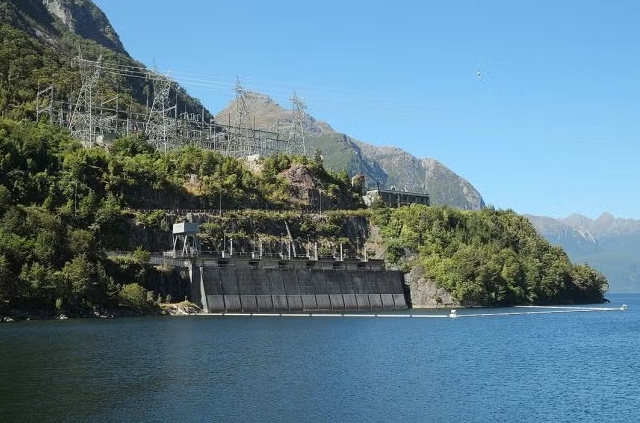
Manapōuri, New Zealand’s largest hydroelectric power station, had been operating below capacity since faults were discovered in two of its seven transformers. The new transformer, which arrived on-site in October, has now been installed and is operational.
Meridian General Manager Generation Tania Palmer emphasized the significance of the milestone for New Zealand’s electricity system.
“It’s been a long road of investigating faults, testing solutions and ultimately procuring, transporting and installing this new unit, but we’re now able to generate 128 more megawatts from Manapōuri than we were able to at this time last year,” Palmer said.
With the new unit in place, Manapōuri’s generation capacity has increased from 640MW to approximately 768MW, approaching the station’s maximum consented output of 800MW.
The 104-tonne transformer was transported from Australia to New Zealand in October and delivered to the site using a truck and barge – marking the first time equipment of this size has been barged across Lake Manapōuri.
A second replacement transformer is scheduled to arrive in late 2025.
The Manapōuri Power Station, commissioned in 1971, is a cornerstone of New Zealand’s renewable energy infrastructure. Originally constructed to supply electricity for the Tiwai Point Aluminium Smelter, the project was one of the country’s most ambitious engineering undertakings, involving the excavation of a 10-kilometer tailrace tunnel to channel water from Lake Manapōuri to the station’s turbines. Over the decades, the station has undergone several upgrades to enhance efficiency and capacity, including the completion of a second tailrace tunnel in 2002. These efforts have ensured that Manapōuri remains a vital contributor to New Zealand’s hydroelectric generation, while balancing environmental considerations under strict consent conditions.